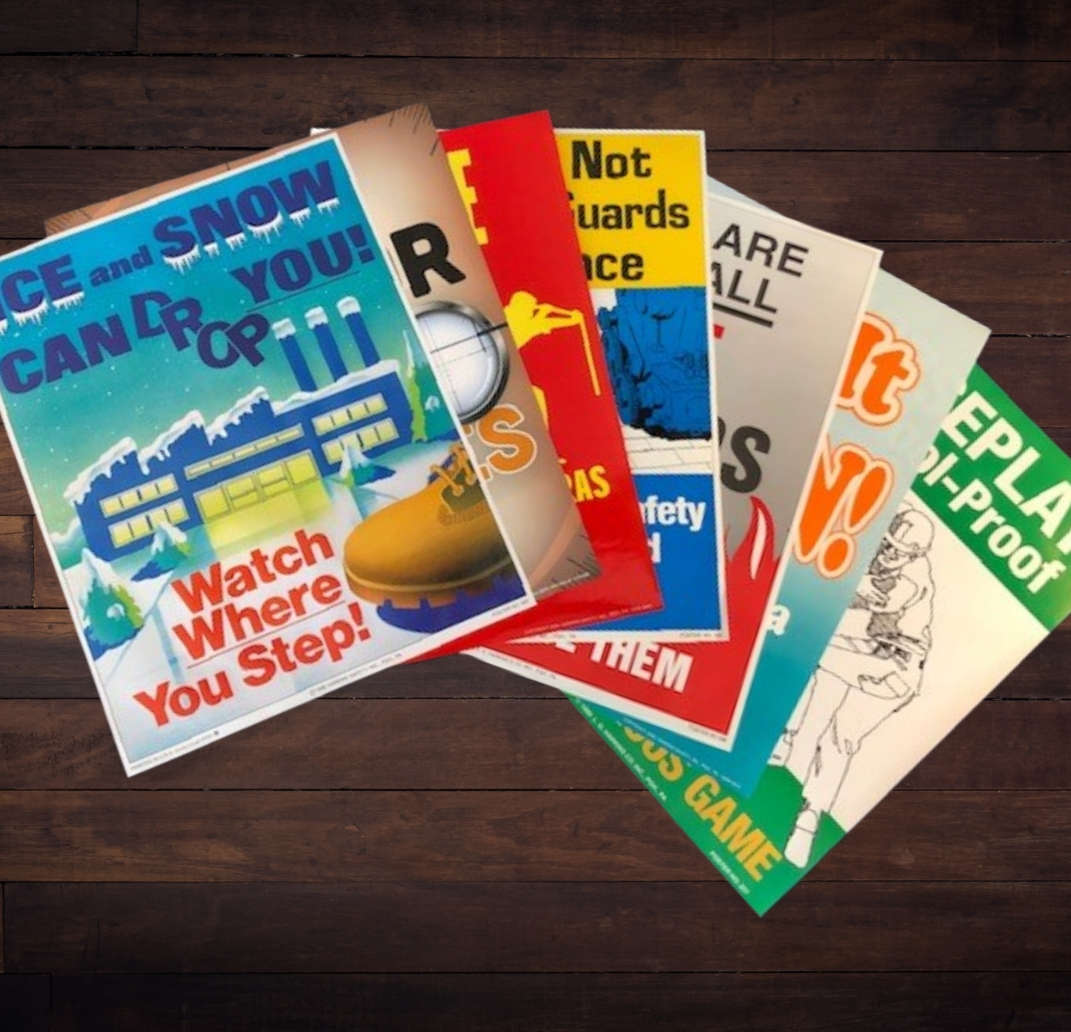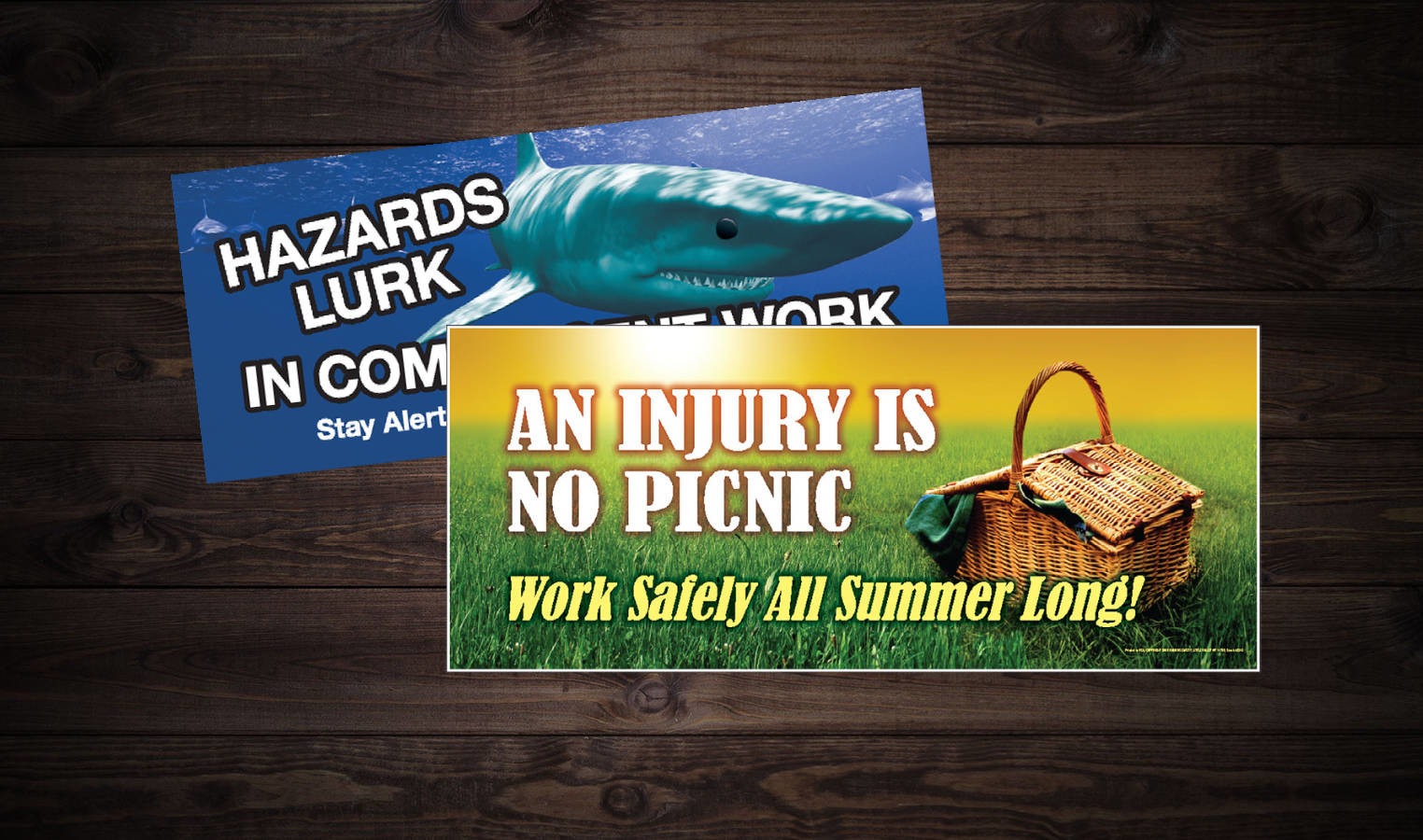Let’s Pull Together
Can you think of a contest that requires participants to exert all their strength for an hour or more? Although most athletic events have time-outs, the tug-of-war is a non-stop test of strength and endurance. And every year, the small central California town of Tuolumne proclaims the best tug-of-war champions.
Each team has six members. The pulling is done on a wooden frame fitted with cleats, against which the athletes brace their feet. The last person on each team wears a special steel-and-leather belt weighing 70 pounds that guides a 2 inch diameter pulling rope around the body of the anchorman.
The contests are grueling tests of strength and stamina. A time record was set in 1960 when two teams tugged for an hour and 15 minutes before one of the teams won.
Even more surprising, several years earlier a tug-of-war in India went on for 2 hours and 41 minutes before a team won.
The coordinated teamwork of the six husky athletes all pulling together is the key to winning in this unusual sport.
Most jobs today don’t require that kind of brute strength, but that kind of teamwork and coordination are essential for safety. We need to help each other by signaling our movements in the plant, at the office, in the car, or wherever we work, travel and live. Teamwork requires communication, cooperation and coordination.
The tug-of- war demands intense coordination to keep all members of the team pulling together without any letdown. On the job, we must pull in the same direction without any slips, falls or lapses to get the job done safely. Endurance for us may be more a case of mental alertness than physical exertion, but it’s just as important.
Each of us depends on the specialized skills of other members of our team, but we also need to look out for maintenance crews, repair personnel or outside suppliers who sometimes work “where we all know the ropes.” Even though safety seems like a simple exercise, it depends on everyone’s pulling in the same direction and doing his or her part. The safety of every member of the team depends on every other member.
To prevent accidents, we each have to pull our own share of the load, using approved safety procedures, but we must also look out for others. This kind of coordination means better quality, smoother production and safer working conditions. Let’s work together!
Teamwork Safety Works Better Together
*Copyright 2005 Harkins Safety B196





